Baroque pearls are a captivating subset of pearls that have fascinated humanity for centuries. Unlike traditional round pearls, baroque pearls are distinguished by their irregular, often asymmetrical shapes and unique beauty. They are prized not only for their aesthetic appeal in jewelry but also for their geological and gemological significance.
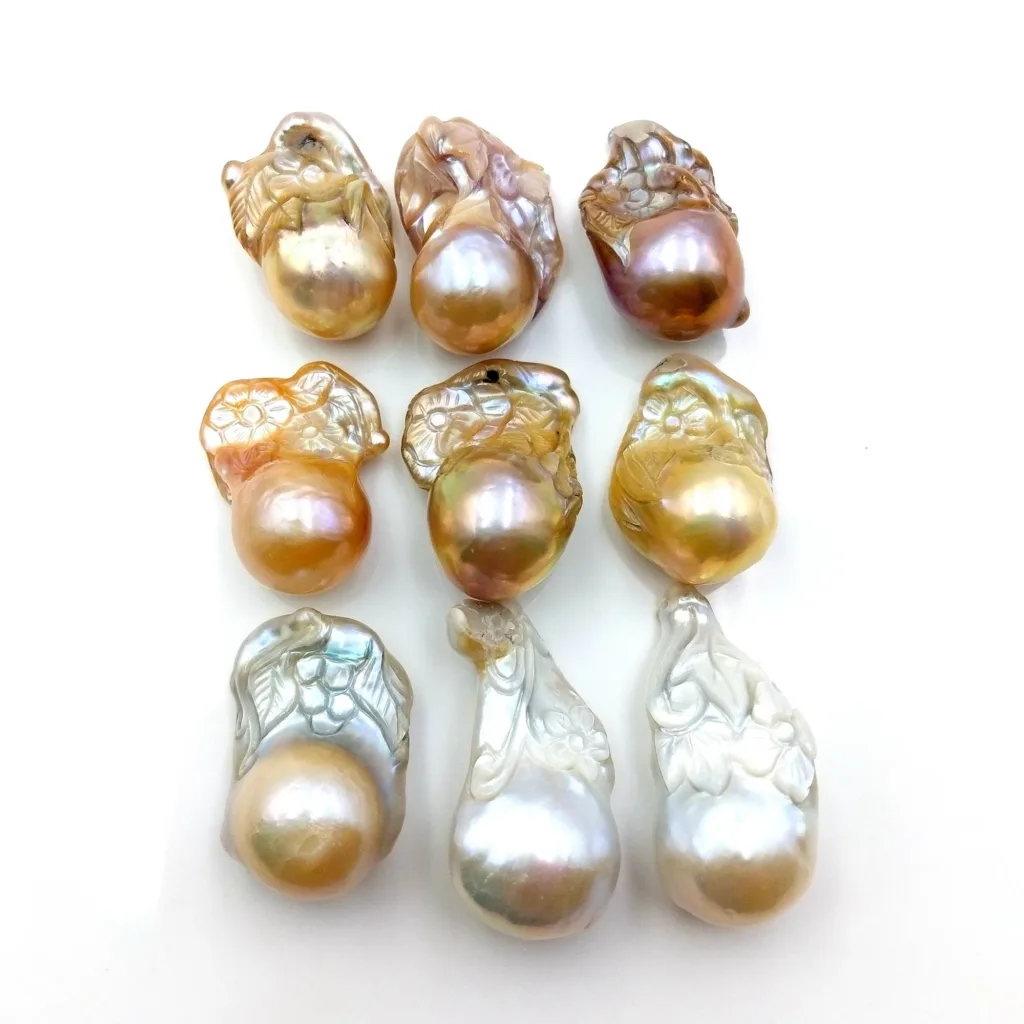
The Geological Formation of Pearls: How Baroque Pearls are Born
Pearls, including baroque pearls, are organic gemstones formed inside mollusks such as oysters and mussels. The process begins when an irritant, such as a grain of sand, a parasite, or even a piece of the mollusk’s mantle tissue, becomes lodged inside the mollusk. In response, the mollusk secretes layers of nacre, a combination of aragonite (a calcium carbonate mineral) and conchiolin (an organic binding agent). Over time, these layers form a pearl.
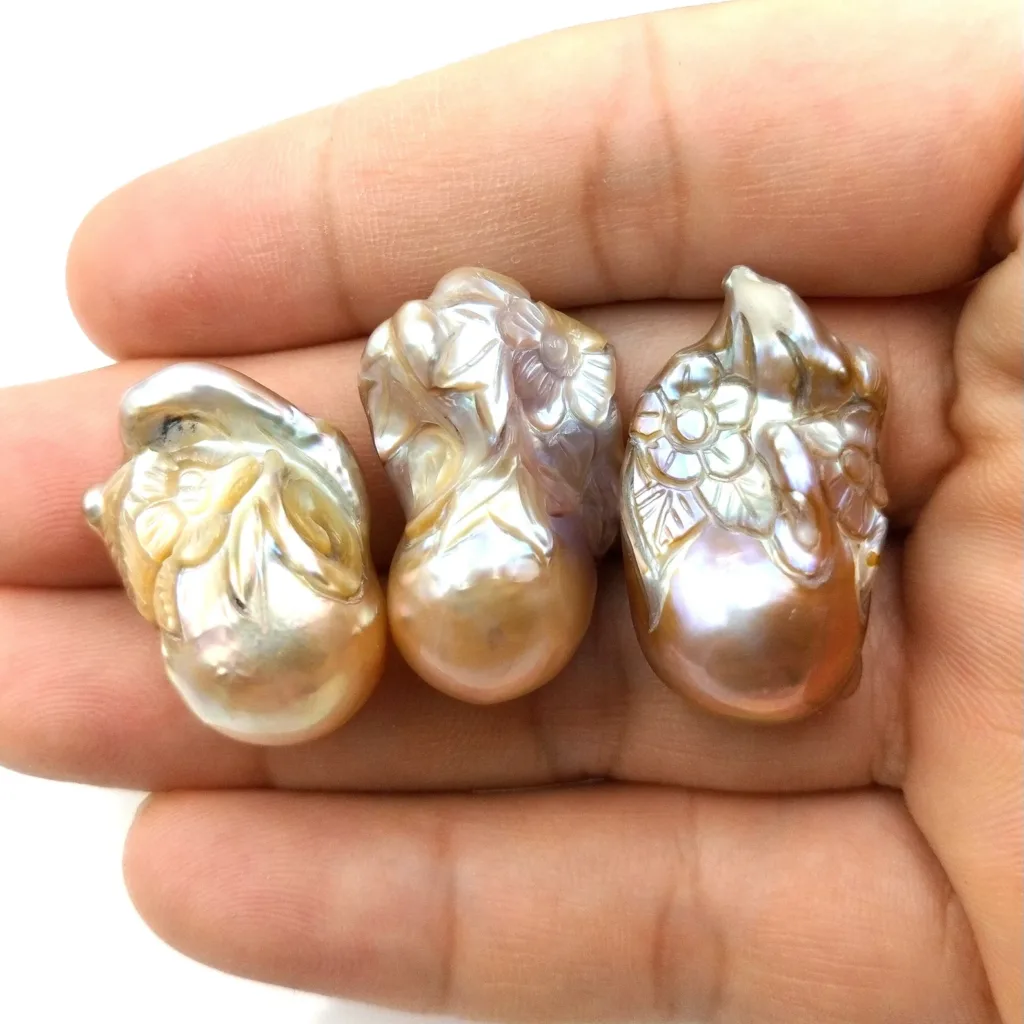
Why Baroque Pearls Form
The irregular shapes of baroque pearls result from several geological and biological factors:
- Movement of the Irritant: If the irritant moves within the mollusk during the nacre deposition process, it leads to asymmetrical nacre layers.
- Environmental Conditions: Variations in water temperature, salinity, and nutrient levels can influence how evenly nacre is secreted.
- Biological Factors: The mollusk’s health and its natural growth patterns also play a significant role in shaping the pearl.
- Shape of the Nucleus: In cultured pearls, an irregularly shaped nucleus or bead inserted into the mollusk can lead to a baroque shape.
Baroque pearls may also form naturally without human intervention, making their shapes entirely unpredictable and unique.
Mineralogy of Pearls: Composition and Structure
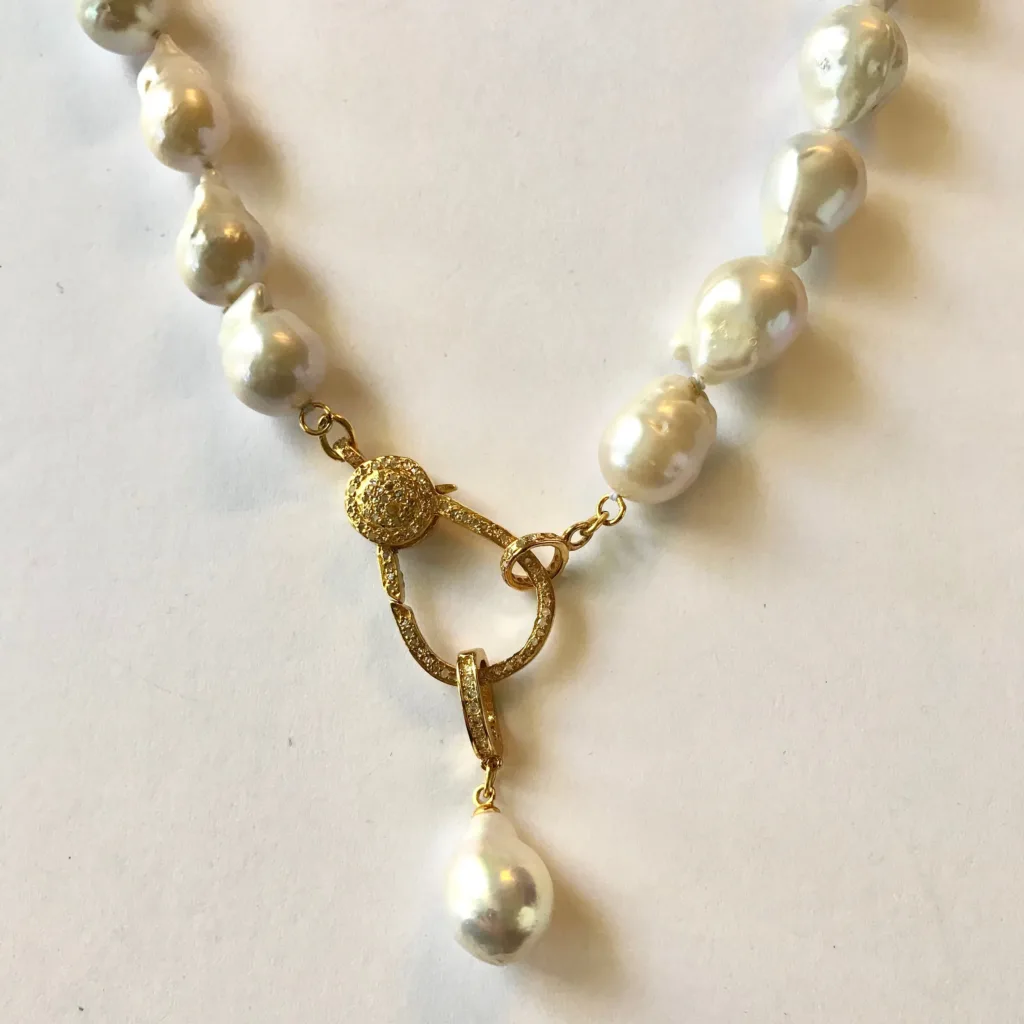
Baroque pearls share the same mineral composition as round pearls. Their nacre consists predominantly of:
- Aragonite Crystals: These microscopic calcium carbonate plates are responsible for the pearl’s iridescence, as light refracts through the layers.
- Conchiolin: This organic substance binds the aragonite crystals together, providing strength and durability.
- Water Content: Pearls typically contain trace amounts of water, which can affect their luster and durability.
The internal structure of baroque pearls often exhibits irregularities due to their asymmetrical growth, which contributes to their unique textures and surfaces.
Classification and Types of Baroque Pearls
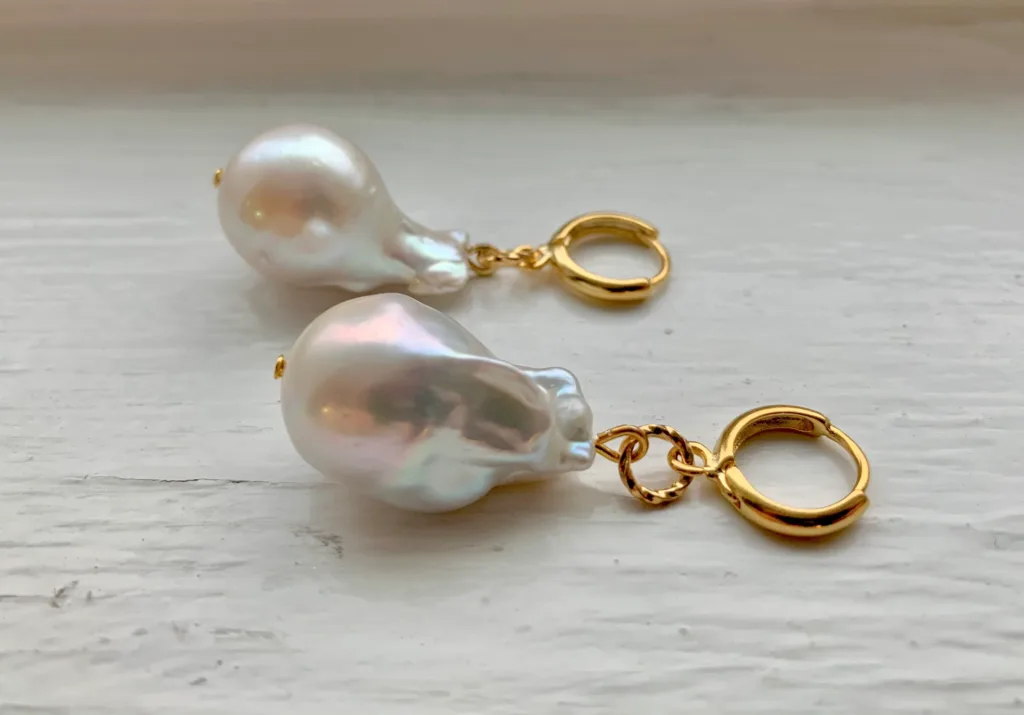
Baroque pearls come in an incredible variety of shapes, each with its own charm and appeal. Some of the most recognized types include:
1. Drop-Shaped Pearls
- Resembling a teardrop, these pearls are often used in pendants or earrings.
- Their elegant shape adds a sense of sophistication to jewelry designs.
2. Egg-Shaped Pearls
- These pearls are oval or oblong, resembling small eggs.
- Their smooth, elongated shapes make them versatile for necklaces and bracelets.
3. Circled Pearls
- Identified by concentric ridges or grooves around their surface.
- The rings often enhance the pearl’s visual interest.
4. Freeform Pearls
- Irregularly shaped pearls that defy categorization.
- Their unpredictable shapes make them a favorite among avant-garde designers.
5. Twin and Cluster Pearls
- Formed when two or more pearls grow together, creating unique, fused shapes.
- Often used in statement jewelry pieces.
Geological Distribution and Cultivation
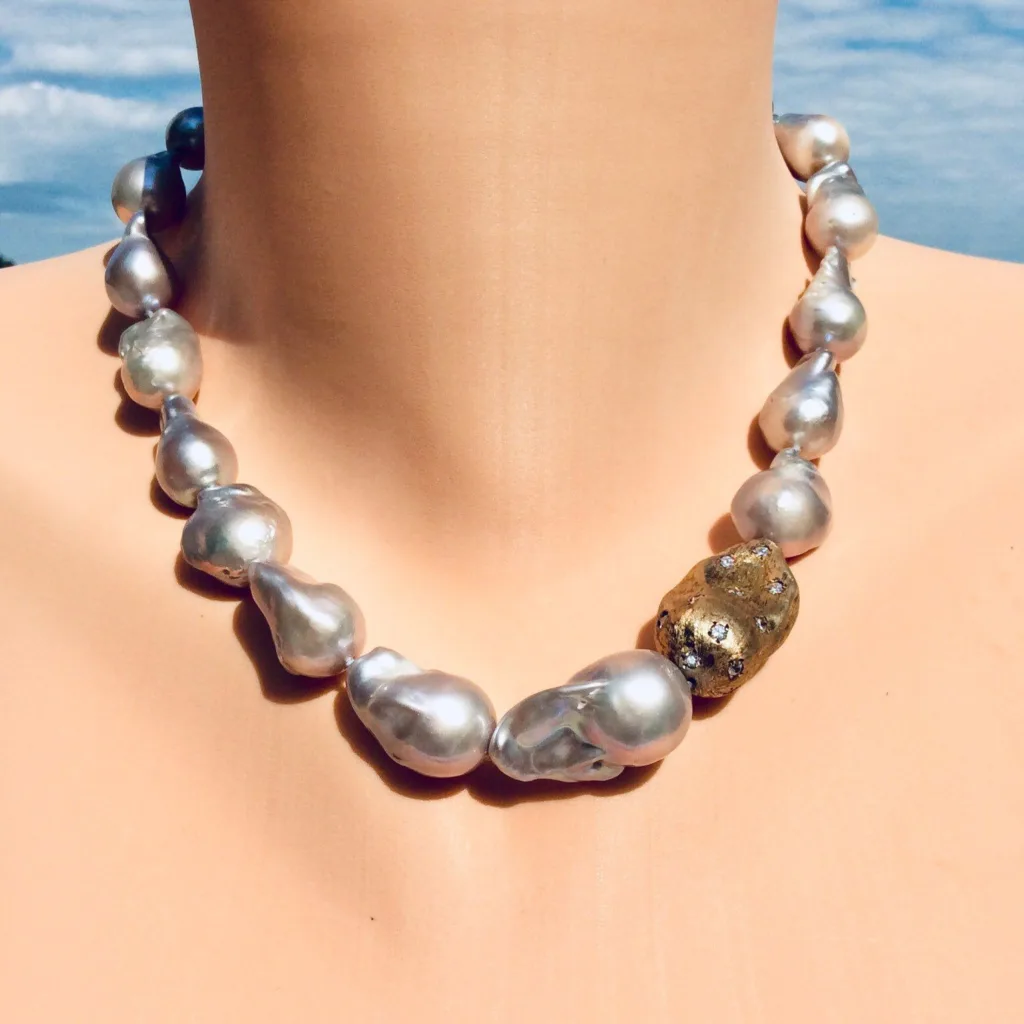
Saltwater Baroque Pearls
- Produced by oysters in marine environments, saltwater baroque pearls are known for their size and luster.
- Key Sources:
- South Sea: Australia, Indonesia, and the Philippines produce large, luminous baroque pearls, often in white, silver, or golden hues.
- Tahitian Waters: French Polynesia is famous for its black baroque pearls with overtones of green, blue, or purple.
- Akoya: Japan’s Akoya pearls are smaller but prized for their mirror-like luster.
Freshwater Baroque Pearls
- Cultivated in rivers and lakes, primarily in China.
- Freshwater baroque pearls exhibit a broader range of shapes, colors, and sizes due to the mussels’ ability to produce multiple pearls at once.
The Role of Baroque Pearls in Gemology
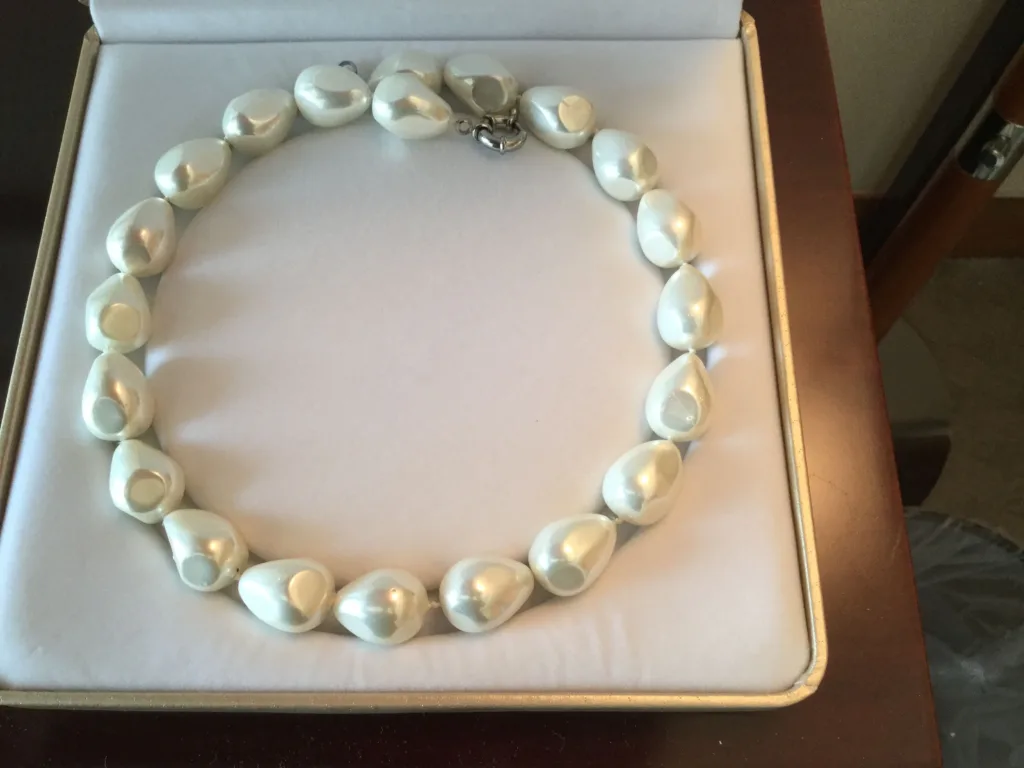
1. Evaluation Criteria
Gemologists assess baroque pearls based on several factors:
- Luster: The intensity of light reflecting off the pearl’s surface.
- Color: Body color and overtone, which range from classic white to exotic black, with a spectrum of iridescent hues.
- Surface Quality: While some imperfections are expected, smoother surfaces are more valuable.
- Shape and Size: Larger, more symmetrical baroque pearls often command higher prices.
2. Scientific Importance
Baroque pearls provide insights into mollusk biology and environmental conditions. Their irregular shapes can reveal details about the mollusk’s life cycle, health, and habitat.
Historical and Cultural Significance
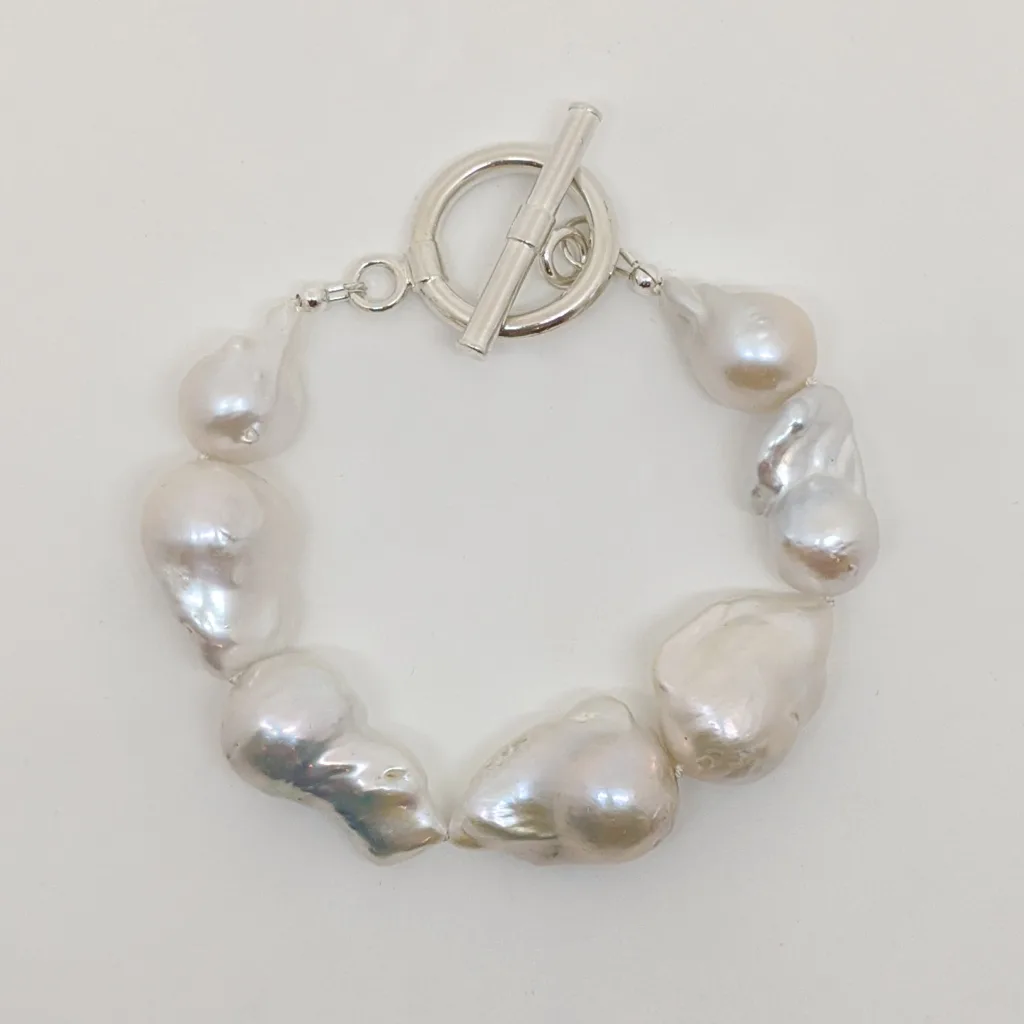
Baroque pearls have played a prominent role in art, fashion, and culture:
- Renaissance and Baroque Periods: The irregular shapes of baroque pearls inspired the opulent designs of the Baroque era, symbolizing luxury and power. Paintings from this time often depict nobles adorned with baroque pearl jewelry.
- Royal Heirlooms: Famous pearls like the “Peregrina” and “Mary Queen of Scots’ Pearls” highlight the historical value of these gems.
- Modern Fashion: Contemporary designers celebrate baroque pearls for their uniqueness, incorporating them into both classic and avant-garde designs.
Applications in Modern Jewelry
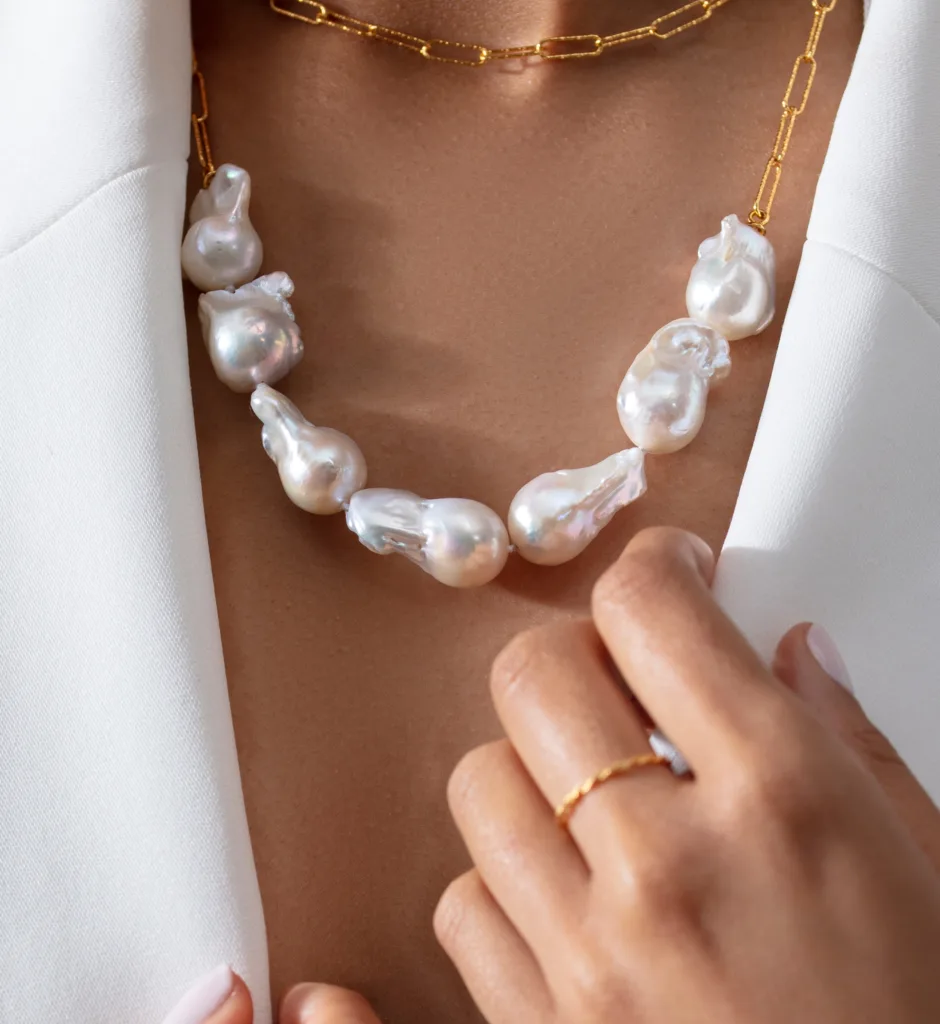
Baroque pearls’ versatility allows them to be incorporated into a wide range of jewelry pieces:
- Necklaces: Single or multi-strand baroque pearl necklaces make bold statements.
- Earrings: Their asymmetry adds a playful and dynamic element.
- Bracelets and Rings: Paired with metals and gemstones for artistic combinations.
- Brooches and Pendants: Often used as centerpieces to showcase their unique shapes.
Care and Maintenance
Baroque pearls, like all pearls, require careful handling:
- Avoid Harsh Chemicals: Perfumes, hairsprays, and cleaning agents can damage their nacre.
- Store Properly: Store in a soft, separate pouch to prevent scratches.
- Regular Cleaning: Gently wipe with a damp cloth after wearing.
Conclusion
Baroque pearls stand as a testament to nature’s creativity and unpredictability. From their intricate formation to their timeless appeal in jewelry, they embody the perfect blend of science and art. Whether you admire them as geological phenomena or as exquisite gemstones, baroque pearls continue to captivate and inspire, proving that beauty truly lies in imperfection.




































